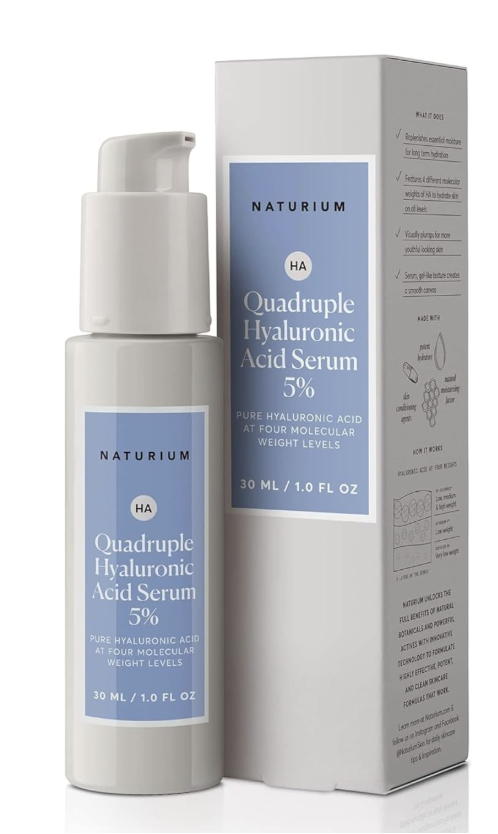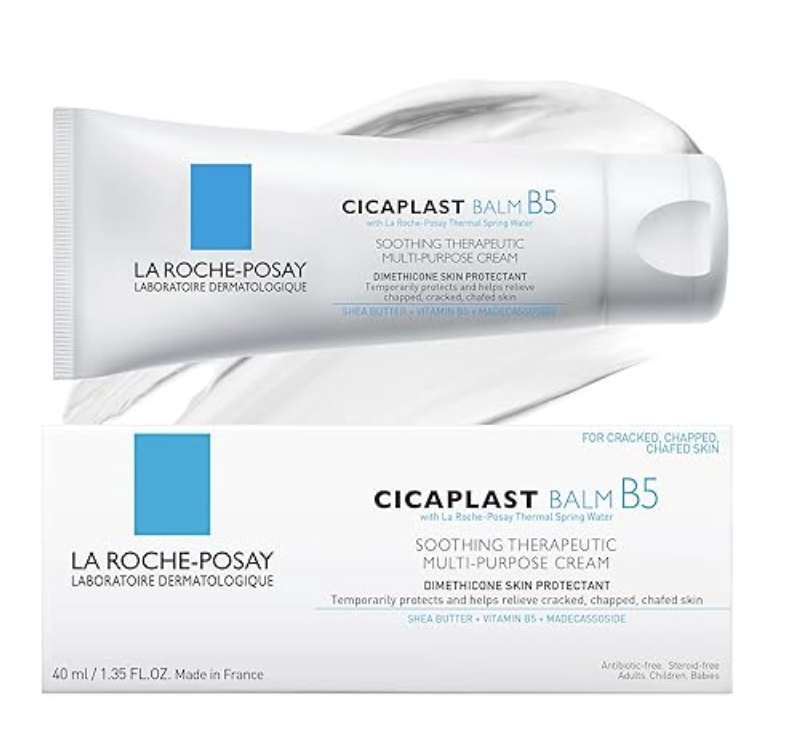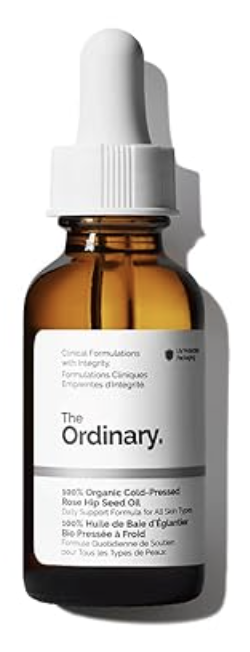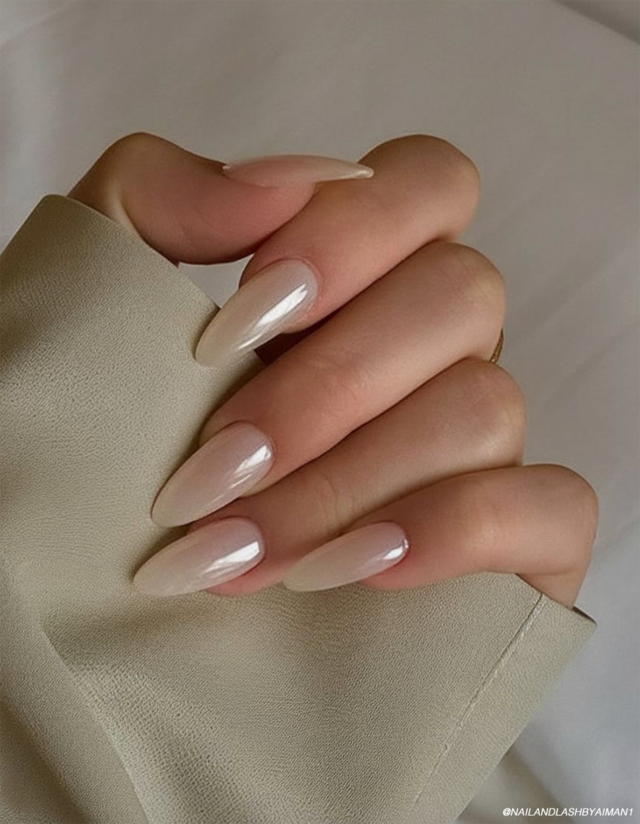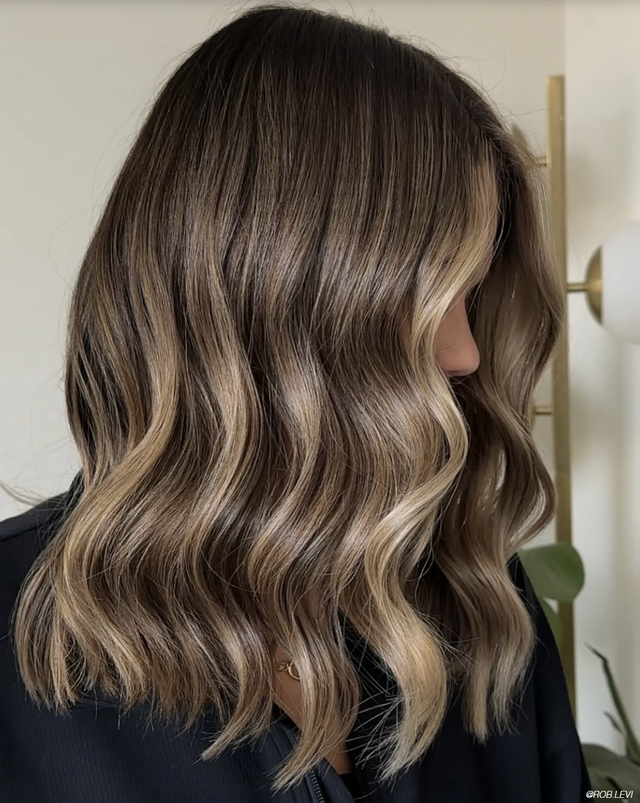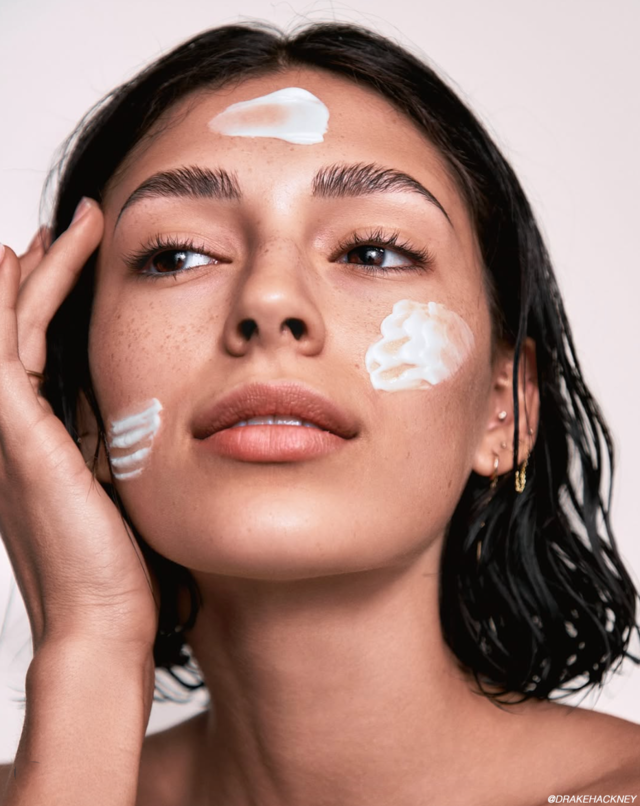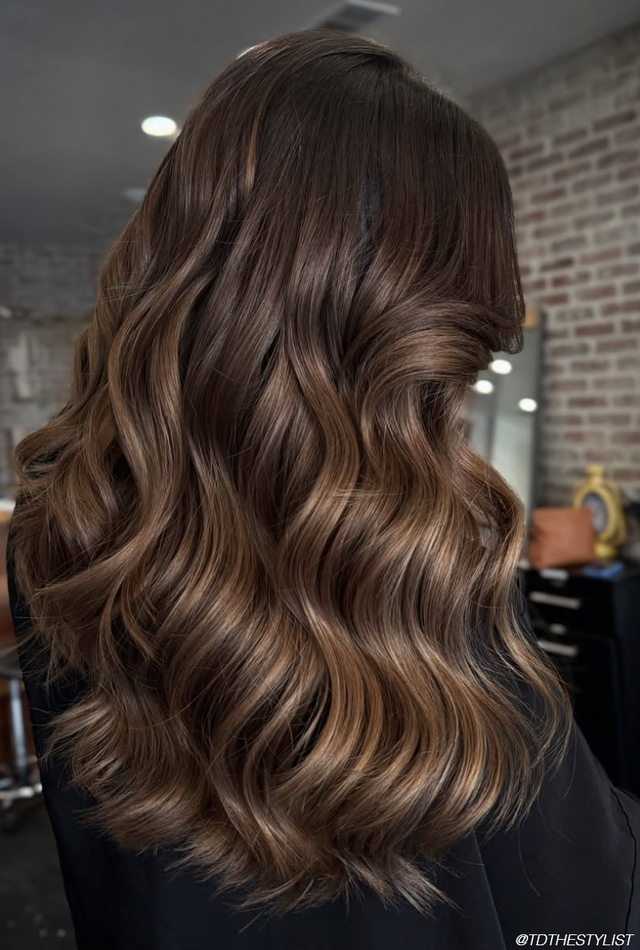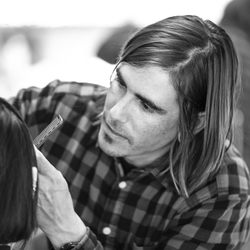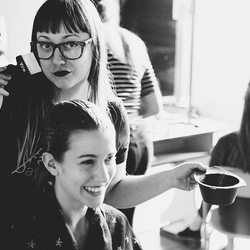Cold weather doesn’t knock. It just barges in one day and sets up camp, leaving your skin wondering what it did to deserve such betrayal. One minute you’re out in a breezy September drizzle; the next, your face feels like it’s been sandpapered by invisible wind goblins. Welcome to pre-winter skin.
Before your cheeks start flaking like croissants, let’s talk strategy. Enter: skincare sandwiching—a layering technique that helps seal in hydration and keep your face on good terms with your moisture barrier.
No, it doesn’t involve actual sandwiches (sorry). But if you understand how a sandwich works—stuff between two slices of bread—you’re already halfway there.
What is Skincare Sandwiching?
Skincare sandwiching is a way of layering hydrating and occlusive (moisture-locking) products so your skin stays hydrated longer. The idea is simple: start with moisture, lock it in, then shield it from escape.
Think of it as protecting your skin’s water content like it’s the last Capri Sun on a hot day—you want it sealed up, not evaporating the second it gets exposed to air.
In colder weather, when humidity drops and indoor heating sucks the life out of everything (including your will to leave the house), your skin loses moisture faster. Sandwiching helps slow that process.
The Basic Formula: Hydration + Emollients + Occlusives
Let’s break that down.
- Hydrators (the filling): Ingredients like hyaluronic acid, glycerin, or aloe vera that pull water into your skin. Think of these as your ham, cheese, or hummus—whatever makes a sandwich worth eating.
- Emollients (the soft middle layer): These smooth and soften skin, helping to repair the skin barrier. Ingredients like squalane, ceramides, or lightweight oils fit in here.
- Occlusives (the top slice of bread): These trap all that juicy hydration in. Think petrolatum, shea butter, lanolin, or thicker balms. In skincare terms, they’re the crusty sourdough that keeps the sandwich together.
How to Sandwich Like a Pro
Here’s a basic routine that works for most skin types, especially as temps dip below “comfortable” and head toward “where’s my heated blanket.”
Step 1: Start Damp
After cleansing, don’t fully dry your face. Hydrating ingredients work best on damp skin—they need water to hold onto. That’s the whole point.
Step 2: Apply a Hydrating Serum
This is your humectant layer. Hyaluronic acid is the go-to here, but if it makes your skin feel tight, try glycerin-based serums or polyglutamic acid. Smooth it over your damp face like you’re laying down a hydration welcome mat.
Product Pick:
Naturium Quadruple Hyaluronic Acid Serum 5%
This serum is lightweight, fast-absorbing, and fragrance-free, making it perfect for layering. It uses four different types of hyaluronic acid to hydrate multiple layers of your skin—not just the surface. The result? Plumper, smoother skin that feels hydrated without any sticky residue.
Apply it on damp skin and gently press it in. Wait a few seconds until your skin feels slightly tacky before moving to the next step.
Naturium Quadruple Hyaluronic Acid Serum 5%
Step 3: Layer an Emollient Moisturizer
Next comes your creamy, nourishing layer. Choose something with ceramides, fatty acids, or lightweight oils. This helps patch up any damage and provides a buffer between your skin and the outside world.
If your skin is dry or sensitive, don’t be shy with this step. Use a slightly heavier moisturizer than you would in summer.
Product Pick:
La Roche-Posay Cicaplast Balm B5
Don’t let the “balm” fool you—it’s rich but not greasy, making it perfect for daily use even if you're not into that glazed-donut finish. It uses shea butter and panthenol to soothe and protect, and it forms a light barrier without feeling suffocating. Great for post-retinol nights too.
Massage this in after your serum. You’ll notice your skin instantly feels more cushioned—and stays that way longer.
La Roche-Posay Cicaplast Balm B5
Step 4: Seal It With an Occlusive
Now, for the “top bread”: a balm, ointment, or oil that locks everything in. This is where slugging (lightly, please—not the petroleum jelly face-mask situation) comes in. A pea-sized amount of something thick and occlusive can make a huge difference in how long your skin stays hydrated.
Pro tip: You can skip this step in the morning if you’re wearing makeup or don’t want to feel dewy. But at night? Go full sandwich.
Product Pick:
The Ordinary 100% Organic Cold-Pressed Rose Hip Seed Oil
Budget-friendly, non-comedogenic, and packed with antioxidants and essential fatty acids, this oil is a savior for dull, dry, or sensitive skin. It’s got a subtle earthy scent (it’s unrefined, which means more nutrients intact), and just a few drops go a long way.
Pat it gently over your balm or cream as the last step in your PM routine—or even mix a couple drops into your moisturizer if you're short on time.
The Ordinary 100% Organic Cold-Pressed Rose Hip Seed Oil
Customize Your Layers
Skincare sandwiching isn’t one-size-fits-all, and that’s the beauty of it. You can tailor it to your skin’s needs and tolerance for richer textures.
- Oily skin? Use a gel moisturizer and skip the thick occlusive except on dry spots.
- Dry skin? Embrace rich creams and balms. Your skin will thank you.
- Acne-prone? Go light on occlusives. Try non-comedogenic oils like rosehip or squalane instead of heavier balms.
This is skincare, not rocket science. Play around with textures and combinations until you find your groove.
Why Sandwiching Matters Now
Fall is that tricky transition season where your skin hasn’t quite adjusted to the coming cold but is already losing moisture faster than it can replenish. That’s when sandwiching is clutch.
Think of it as winter-proofing your face, like sealing your windows before a snowstorm. Waiting until your skin is already tight, itchy, and peeling is like putting on sunscreen after you’ve already burned.
Start now, and you’ll glide into winter with skin that’s still happy, balanced, and maybe even glowing.
Some of the products featured here may contain affiliate links, meaning we may earn a small commission at no extra cost to you. All recommendations are based on personal use, stylist feedback, or product performance.

